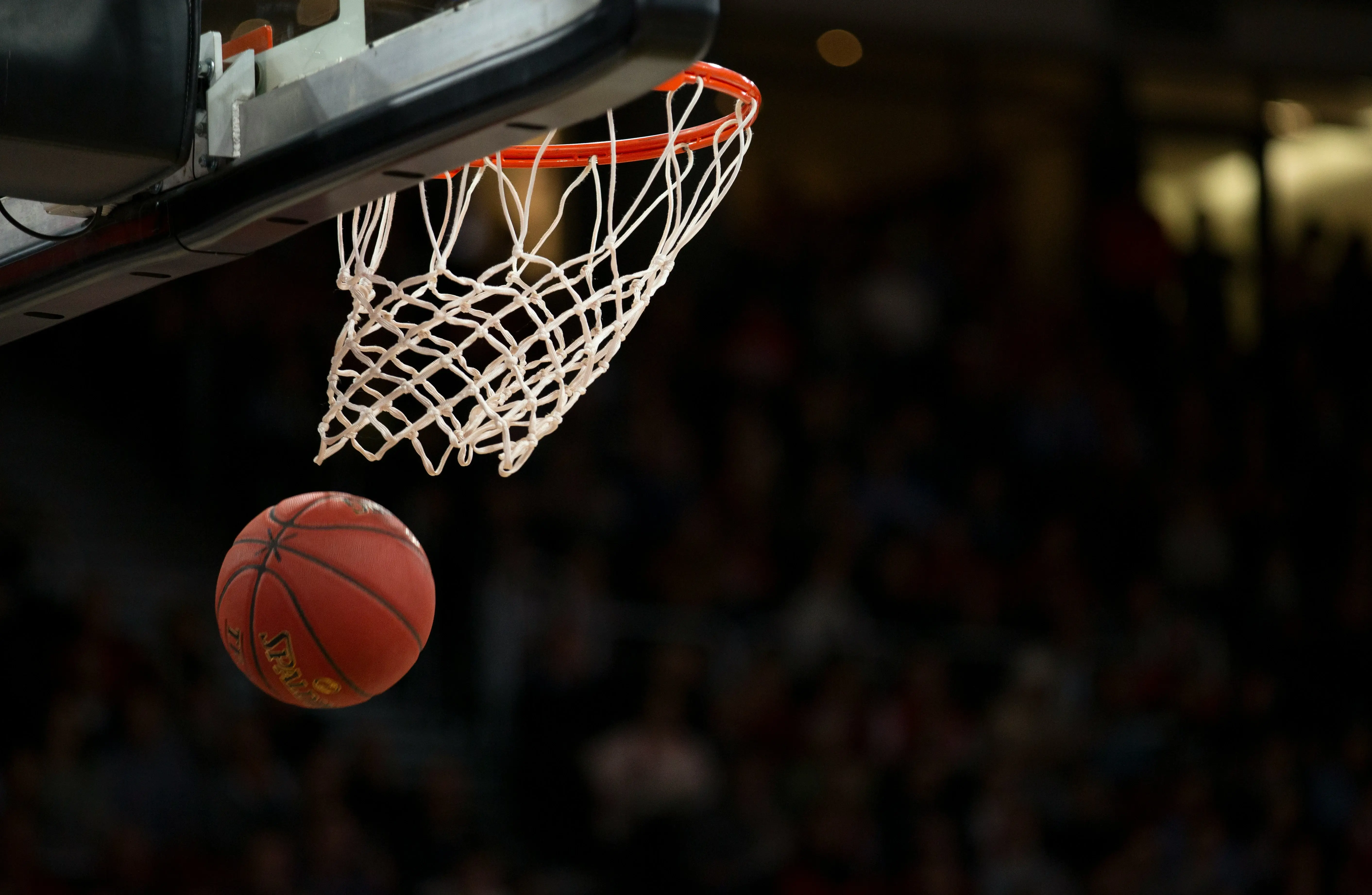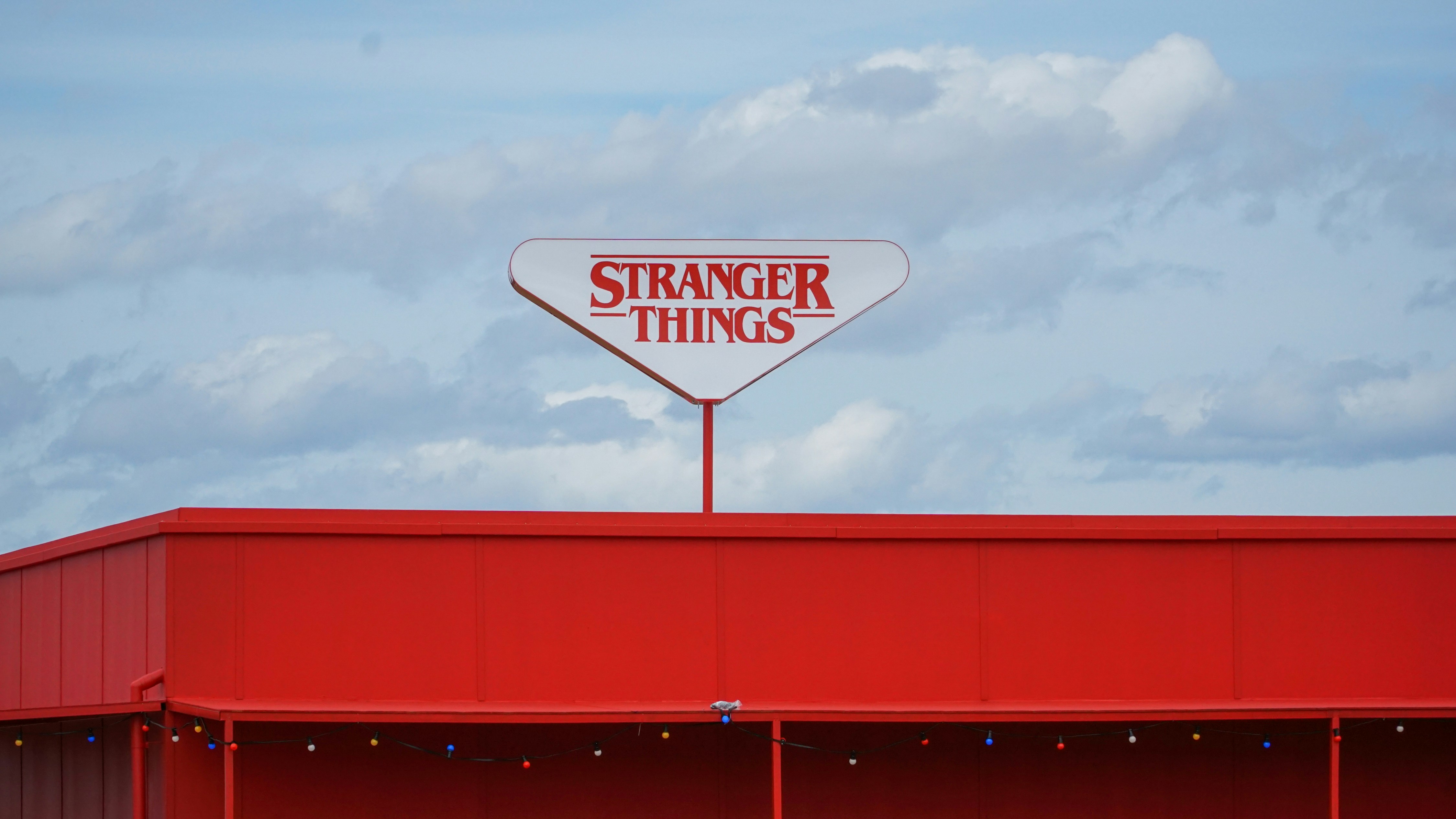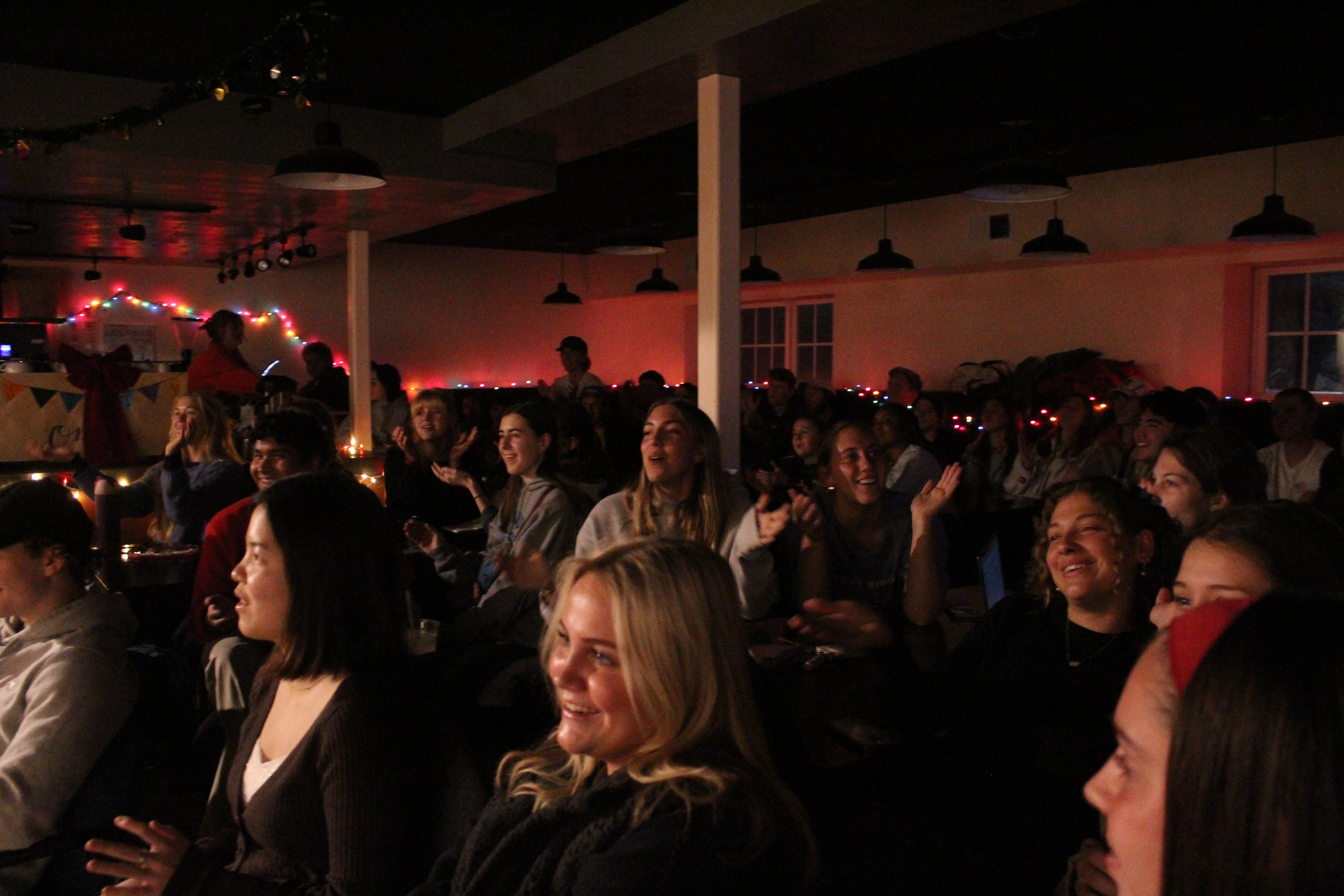On Saturday April 5, No. 1 seeded Florida defeated No. 1 Auburn 79-73 in the first semifinal game of the NCAA Division 1 Men’s Basketball Championship while No. 1 Houston defeated No. 1 Duke 70-67 in the second semifinal game. The following Monday, Florida then defeated Houston in the championship game 65-63. This Final Four represented only the second time in the tournament’s history that all four of the top seeds reached the semifinal round, representing a departure from the usual “madness” of the tournament, officially titled and marketed as March Madness.
The first semifinal featured the top two teams from the Southeastern Conference a league that sent a record 14 of its 16 teams to the tournament this year. Though Florida trailed for most of the game, they rallied in the back-and-forth contest to claim the victory, partially due to the dominant performance of Gators Senior Walter Clayton Jr.. Clayton led the team with 34 points on 11/18 shots from the field.
“Walter Clayton Jr. was at the forefront of their comeback. His confidence to throw up shots that other players are not confident enough in their ability to shoot, combined with his pure skill and talent, is what drove them all. The Florida players played a part in it, but I think Walter Clayton Jr. is what really drove their win,” John Brown University junior Lincoln Morphis said.
The second semifinal wasn’t close for most of the game with Duke holding a 14-point lead with a little over 8 minutes remaining. At this point, gave Duke a 98.5% chance to win the game. Then Houston pulled off an unlikely comeback to stun the Blue Devils, ending the game on a 9-0 in the last 30 seconds and leaving many to debate whether the game was more of a choke by Duke or a comeback by Houston.
“But even after a spree of inbounds failures, misses and mental gaffes, two key moments in the final 20 seconds from star freshman Cooper Flagg -- a foul and a miss -- capped the stunning meltdown,” ESPN writer Pete Thamel said.
However, Houston still made critical plays down the stretch to make the unlikely comeback possible, including several clutch free throws by J’Wan Roberts, who was only a 62.3% free throw shooter this season.
“I think [Houston] worked harder, and I’d hate to say it, but almost wanted it more than Duke did, at least in the way they played,” Morphis said.
The final game featured a contest where Houston led most of the game with their top-ranked defense, before the Florida offense finally broke loose late in the second half to take a 65-63 lead with only 19 seconds remaining. Houston still had the ball with a chance to tie or take the lead on the final possession, but they failed to get a shot up as Emmanuel Sharpe turned the ball over and Florida ran the clock out.
While all three games were competitive and exciting for fans, this year’s edition of March Madness featured an unusually low number of upsets and no notable Cinderella runs which have become synonymous with the tournament.
“This year's men's NCAA Tournament will be remembered mostly for the lack of memorable upsets, with only power-conference schools making up the Sweet 16 for the first time since the tournament expanded to 64 teams in 1985,” Detroit News writer Tony Paul said.
Lots of debate has been had as to the reason for this, but the prevailing theory is that the introduction of name, image and likeness deals allowing players to be paid to play and the increased usage of the transfer portal has stacked the talent toward the top programs with the most money.
“If I could really attribute it to anything, I’ve been hearing this and I’ve been agreeing with it. NIL deals have come into play majorly as far as top schools being able to all the top players around the country. We’ve seen it before, but I don’t think to this degree,” Morphis said.
This has led to some worry amongst fans, as the underdog runs have made March Madness famous for years, with some arguing that there will be far fewer Cinderella runs, with others thinking it’s a fluke.
“I do think this is a fluke. I do see the potential that it could be a little bit of an issue. Do I think I could be wrong? Absolutely. The game of basketball, it’s very much different from football. I think we’re much more likely to see these smaller schools just have an amazing day against one of these top-ranked schools that have a bit of an off day” Morphis said.
Still, others think it’s too early to tell.
“I don't think that we can say that yet. I think if we're in this spot again next year, we can say that” Oakland men’s basketball coach Greg Kampe said when talking about the end of March Madness underdog runs.
Either way, the effect that the higher seeds success will have on viewership remains unknown.
“So, I do think potentially if we saw less and less Cinderella runs, I think it’s going to lose that stereotype, that March Madness craze feel that it has had throughout history. If that continued, then I think you could possibly see a decline in viewership across games,” Morphis said.
According to Neilsen, the Final Four games received 15.3 million viewers, which is more than the previous 8 tournaments, though this is in part due to CBS holding the rights to the Final Four and Championship instead of cable. No matter how much Madness is actually in store for fans, it's clear from the viewership that the tournament is here to stay.
Photo courtesy of Markus Spiske on Unsplash

Aidan Blanton





